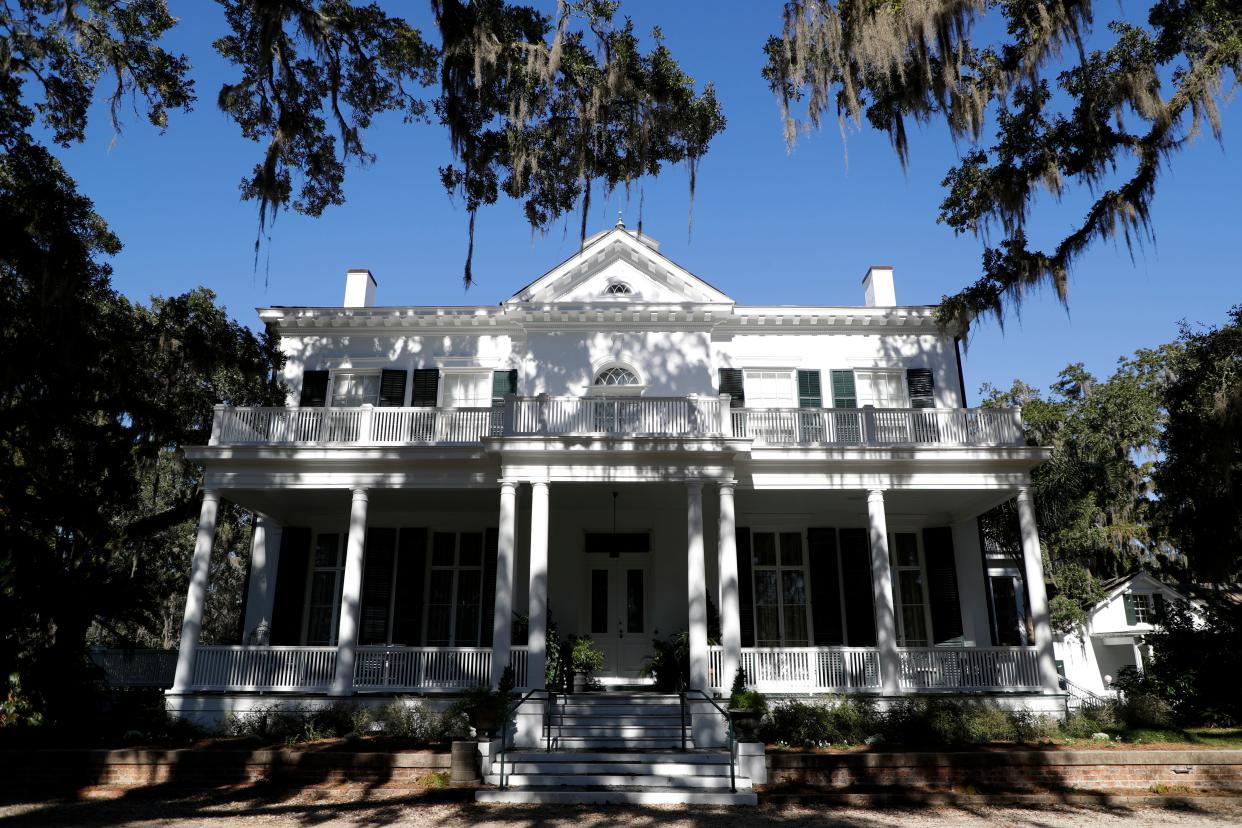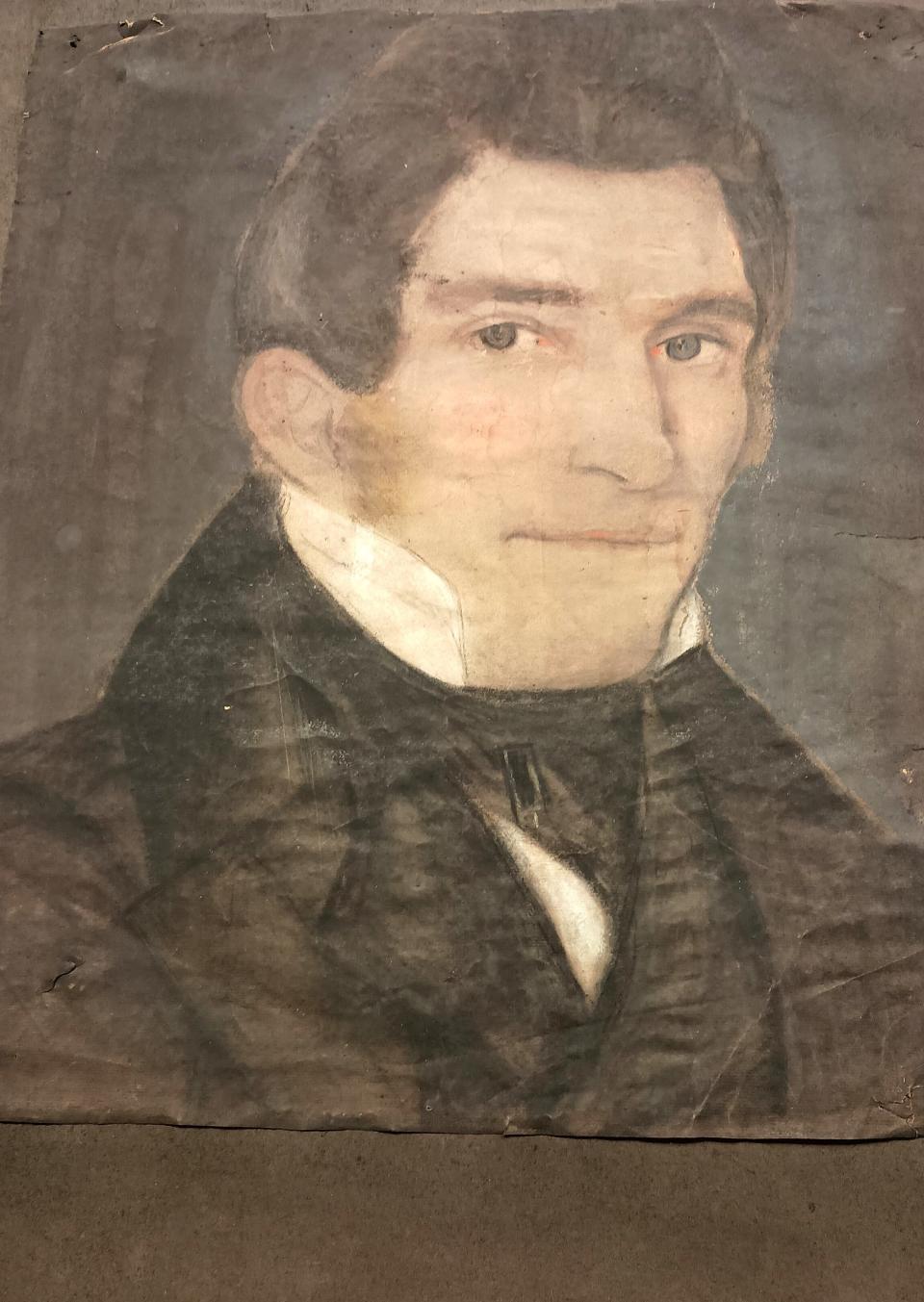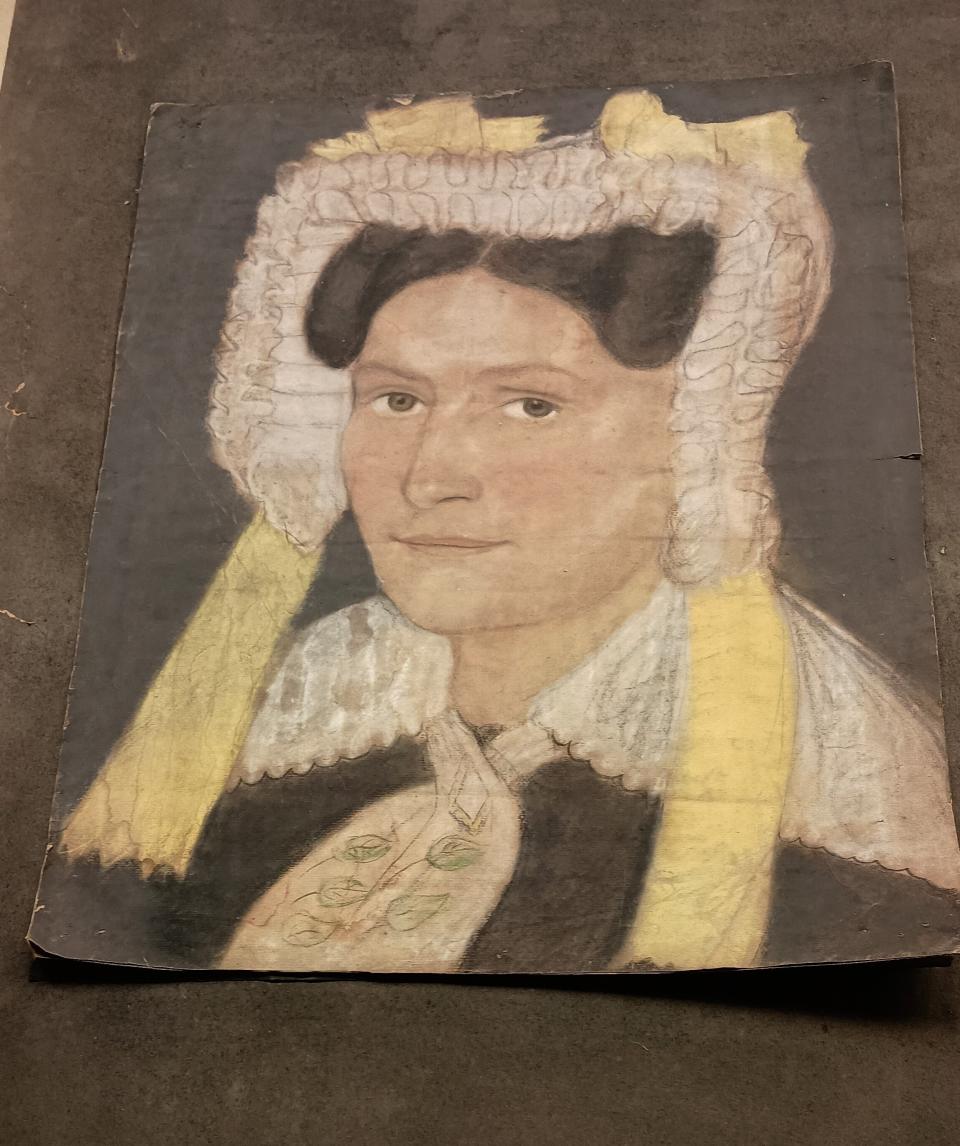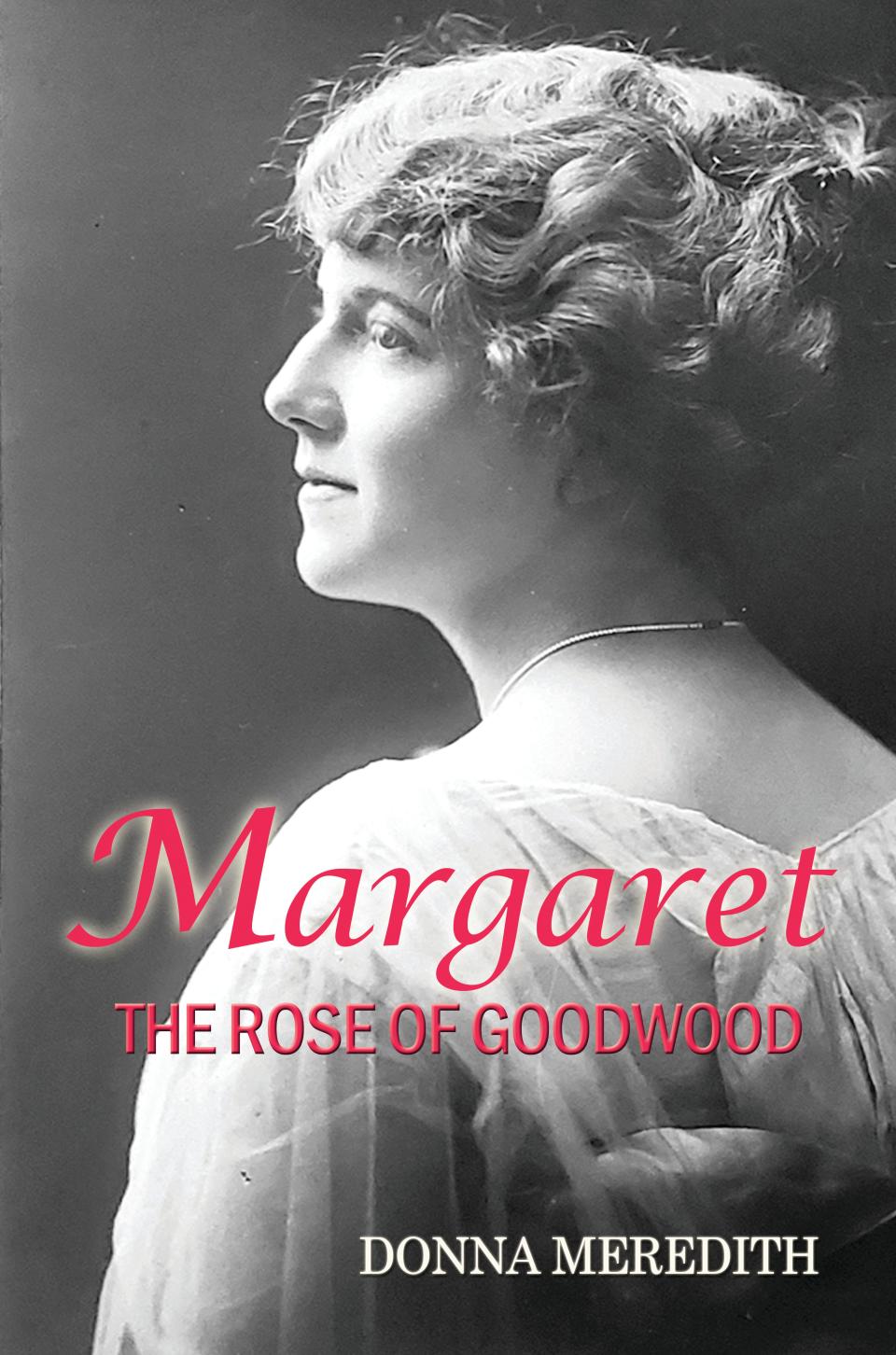Seeking clues: Help solve mystery of two portraits found at Goodwood Museum

Tallahassee’s Goodwood Museum & Gardens still has not revealed all its secrets.
Local historians please help solve the puzzle of two unidentified chalk portraits. One portrait may be of Richard Shine, builder of Tallahassee’s 1845 State Capitol. If true, likely the chalk drawing of the woman would be Shine’s wife, formerly Mary Ann Maultsby. The Shines hailed from North Carolina but were living in Tallahassee by 1833.

Skilled chalk drawing is difficult. These two were found unframed, in separate areas of Goodwood's archives. They are a bit tattered, but beautifully rendered, with colors muted but clear. They are about 21 by 20 inches in size.

When he was about 35, Shine oversaw the enslaved people who primarily constructed Florida's historic State Capitol. In fact, Shine oversaw the enslaved people who largely built several of Tallahassee’s important antebellum buildings, including the First Presbyterian Church and the Goodwood plantation home.
Goodwood, from careful examination of Shine's 1857 sworn testimony, was completed around 1850.
Shine was energetic: a prominent businessman who, among other endeavors, owned a large brickyard, was Quartermaster General of the Florida Militia, and father to 13 children.
The chalk drawings were brought to light from Goodwood's archives last year by a longtime volunteer Goodwood historian, archivist, and guide, and were tentatively identified by her.
Book signing: Tallahassee writer spins fictional story of real-life 'Rose of Goodwood'
There is a known portrait of Richard Shine that appeared in an article printed in the Friday, March 4, 2016, edition of the Tallahassee Democrat by the excellent local historian Rose Rodriguez. The same picture is posted at the website of the Free & Accepted Masons of Florida, listing the past Grand Masters of Tallahassee’s Jackson Lodge No. 1. It is unclear if the known portrait is a photograph or a painting; it could have been either. It is unknown whether the original painting or photo still exists.
There are strong similarities between the man pictured in the chalk drawing and the Jackson Lodge’s Shine portrait in terms of the prominent jaw, the ears, the hairline, and the eyes.
As Rodriguez notes, a description of Richard Shine published in 1903 states he had light hair and blue eyes. Clearly both the chalk portrait and the picture show distinctly dark hair and dark eyes, but the author of the 1903 description was writing some 41 years after Richard Shine's 1862 death.
Why would these drawings be in Goodwood's archives and not kept by Shine’s family? There are four possibilities, the second most probable.
The first is that they were a gift to or drawn at the behest of Bryan Hardy Croom, the man who commissioned Shine to have Goodwood built. Bryan and his wife, Eveline, lived in the house from about 1850 until 1857, when Bryan Croom largely lost a lawsuit over the ownership of Goodwood and its land and enslaved people. Perhaps the Crooms left the portraits with the house when they moved to Alabama.
A second possibility is that they were purchased at some point by the ambitious Florida State Senator William Hodges, teller of tales, amateur historian, art aficionado and bibliophile. Or maybe they were a gift to him. Senator Hodges lived in Goodwood from 1925 until his death in 1940.
Though the portraits can't be precisely dated, the bonnet on Mrs. Shine looks earlier than the circa 1850 date for the completion of the Goodwood mansion. She wears what may be a mid-1830’s style indoor head covering. The wealthy Shines would have been fashionable people. This might argue the chalk portraits were drawn earlier and were later acquired by Senator Hodges.
The third possibility is that the portraits caught the fancy of Mrs. Alexander Harvey “Fanny” Tiers, or they were a gift to her. Mrs. Tiers was the millionaire owner of Goodwood and a winter resident there from 1911 to 1924.
The fourth explanation is that they were purchased by or given to the widowed Mrs. Hodges, later, Mrs. Thomas Milton Hood. Margaret Wilson Hodges Hood lived in Goodwood for 53 years until her death in 1978. It is even possible Major Hood, who was himself a skilled artist, purchased them.
Of course, it is also possible that the male chalk portrait isn’t Shine at all, but another man with a connection to Goodwood. Doppelgangers do exist! Whoever the couple are, we would like to solve the mystery of their identities.
Someone out there knows or can speculate. Mr. and Mrs. Shine had many children, it would be wonderful to hear from some descendants. The public's help is sought to identify the drawings in this bicentennial year.
Please email your information, ideas and questions to ShinePortrait@proton.me.
'Margaret: The Rose of Goodwood' book signing event

What: A wine/cheese reception for the launch of "Margaret: The Rose of Goodwood" by Donna Meredith. The novel tells the true-life story of Margaret Wilson, a young shop girl, daughter of a tenant farmer and seamstress, who became the wife of aristocrat William Cabot Hodges and developed into one of Tallahassee’s most influential women.
When: 5-7 p.m. April 10. The event is free and open to the public
Where: Goodwood Museum & Gardens (main house), 1600 Miccosukee Road
This article originally appeared on Tallahassee Democrat: Identity of portraits remain a Goodwood Museum mystery

